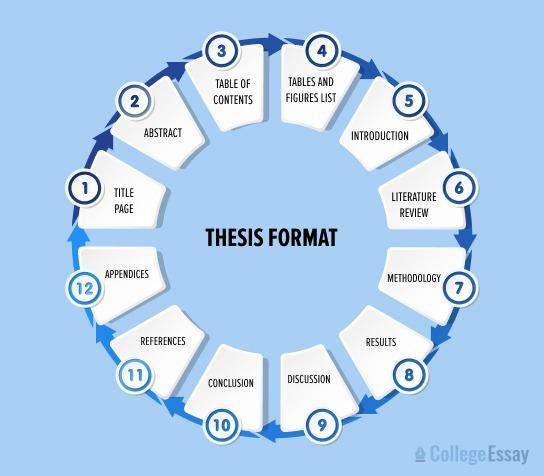How do I choose the correct font and spacing for my dissertation according to my university’s guidelines?
Introduction
Writing a dissertation is a significant milestone in any academic journey, and formatting it correctly is crucial to ensure that your work is presented professionally and meets the required standards. A well-formatted dissertation not only enhances the overall readability and coherence of your work but also demonstrates your attention to detail and commitment to academic excellence. At SkilfulWriters.com, we understand the importance of proper dissertation formatting and have compiled a comprehensive guide to help you navigate the process with ease. In this article, we will provide you with top tips for formatting your dissertation correctly, covering essential aspects such as structure, style, and submission.
Understanding Dissertation Formatting Requirements
Before diving into the nitty-gritty of dissertation formatting, it’s essential to understand the specific requirements of your institution or department. Different universities and fields of study may have unique formatting guidelines, so it’s crucial to familiarize yourself with the relevant rules and regulations. Some common formatting styles used in academic writing include:
* APA (American Psychological Association)
* MLA (Modern Language Association)
* Chicago
* Harvard
Each style has its own set of guidelines for formatting, citation, and referencing, so it’s vital to choose the correct style for your dissertation.
Benefits of Proper Dissertation Formatting
Proper dissertation formatting offers numerous benefits, including:
* Improved readability: A well-formatted dissertation is easier to read and understand, making it more engaging for your readers.
* Enhanced credibility: A professionally formatted dissertation demonstrates your attention to detail and commitment to academic excellence, enhancing your credibility as a researcher.
* Increased chances of acceptance: A correctly formatted dissertation is more likely to be accepted by your institution or publication, as it meets the required standards.
* Reduced stress: By following a clear formatting guide, you can avoid last-minute stress and anxiety, ensuring a smoother submission process.
Practical Tips for Formatting Your Dissertation
To ensure that your dissertation is formatted correctly, follow these practical tips:
* Use a clear and consistent font: Choose a standard font, such as Arial, Calibri or Times New Roman, and use it throughout your dissertation.
* Set the correct margins: Ensure that your margins are set to the required size, usually 1 inch on all sides.
* Use proper headings and subheadings: Use headings and subheadings to structure your dissertation and make it easier to navigate.
* Insert page numbers and headers: Include page numbers and headers to help readers quickly locate specific sections.
| Formatting Element | APA Style | MLA Style | Chicago Style |
|---|---|---|---|
| Font | 12-point Times New Roman | 12-point legible font | 12-point Times New Roman |
| Margins | 1 inch on all sides | 1 inch on all sides | 1 inch on all sides |
| Headings | Centered, bold, and uppercase | Left-aligned, bold, and title case | Centered, bold, and title case |
First-Hand Experience: Common Formatting Mistakes to Avoid
As a seasoned writer, I’ve encountered numerous formatting mistakes that can easily be avoided with proper guidance. Some common mistakes include:
* Inconsistent font and spacing: Failing to use a consistent font and spacing throughout the dissertation can make it look unprofessional.
* Incorrect citation and referencing: Not following the chosen citation style can lead to plagiarism and academic integrity issues.
* Insufficient margins and headers: Failing to include proper margins and headers can make the dissertation difficult to read and navigate.
Case Studies: Successful Dissertation Formatting Examples
To illustrate the importance of proper dissertation formatting, let’s consider a few case studies:
* Case Study 1: A PhD student in psychology submitted a dissertation with inconsistent font and spacing, resulting in a failed submission. After revising the formatting, the student resubmitted and successfully defended their dissertation.
* Case Study 2: A master’s student in business used an incorrect citation style, leading to plagiarism accusations. The student revised the dissertation, ensuring proper citation and referencing, and successfully graduated.
Conclusion
Formatting your dissertation correctly is a crucial step in the academic writing process. By following the tips and guidelines outlined in this article, you can ensure that your dissertation is presented professionally, meets the required standards, and demonstrates your commitment to academic excellence. Remember to choose the correct formatting style, use clear and consistent formatting, and avoid common mistakes. With the help of SkilfulWriters.com, you can confidently submit your dissertation and achieve your academic goals. Whether you’re a seasoned writer or a novice researcher, proper dissertation formatting is essential to making a positive impression and achieving success in your academic pursuits and that is where skilful writers come in.

